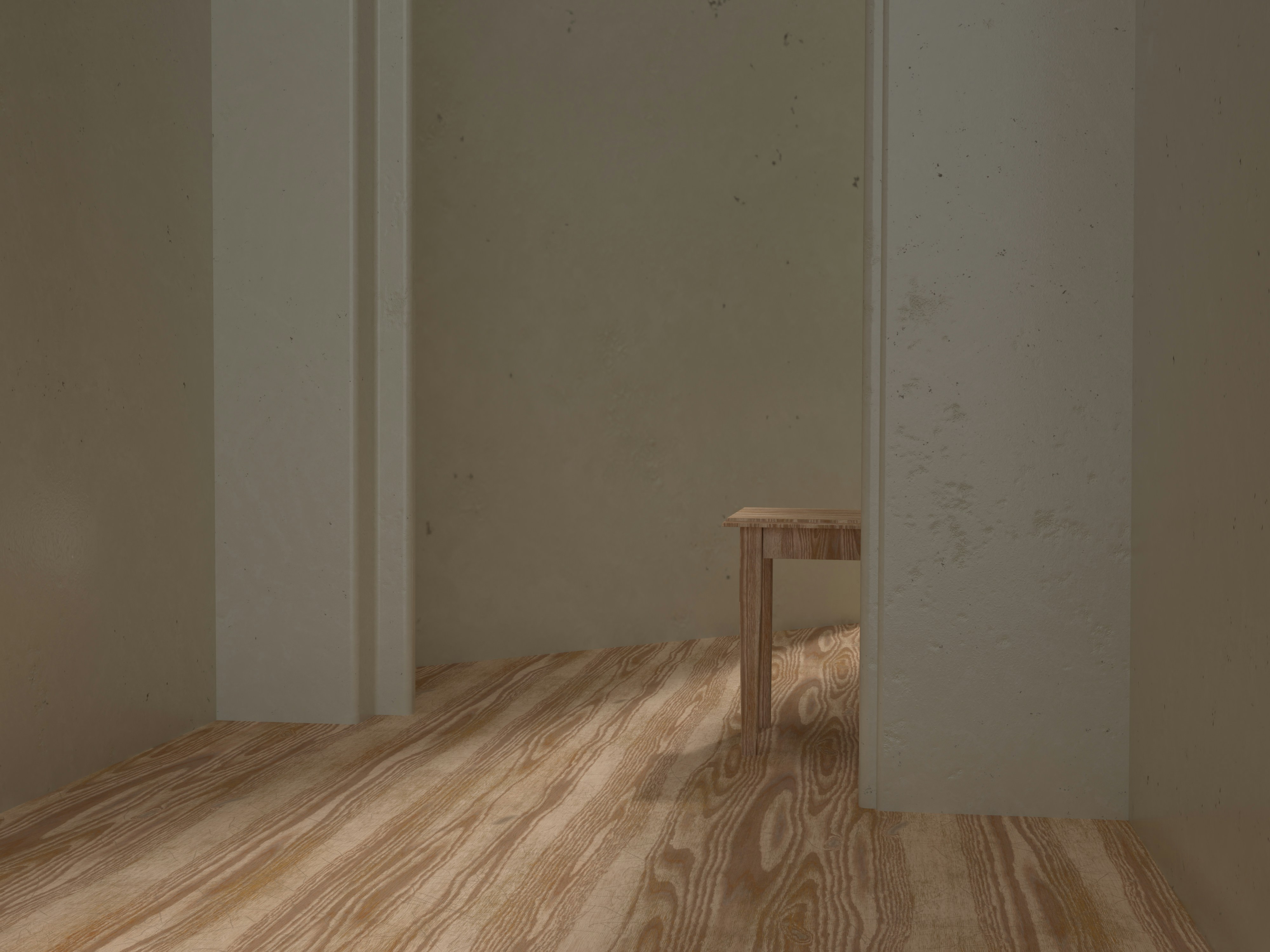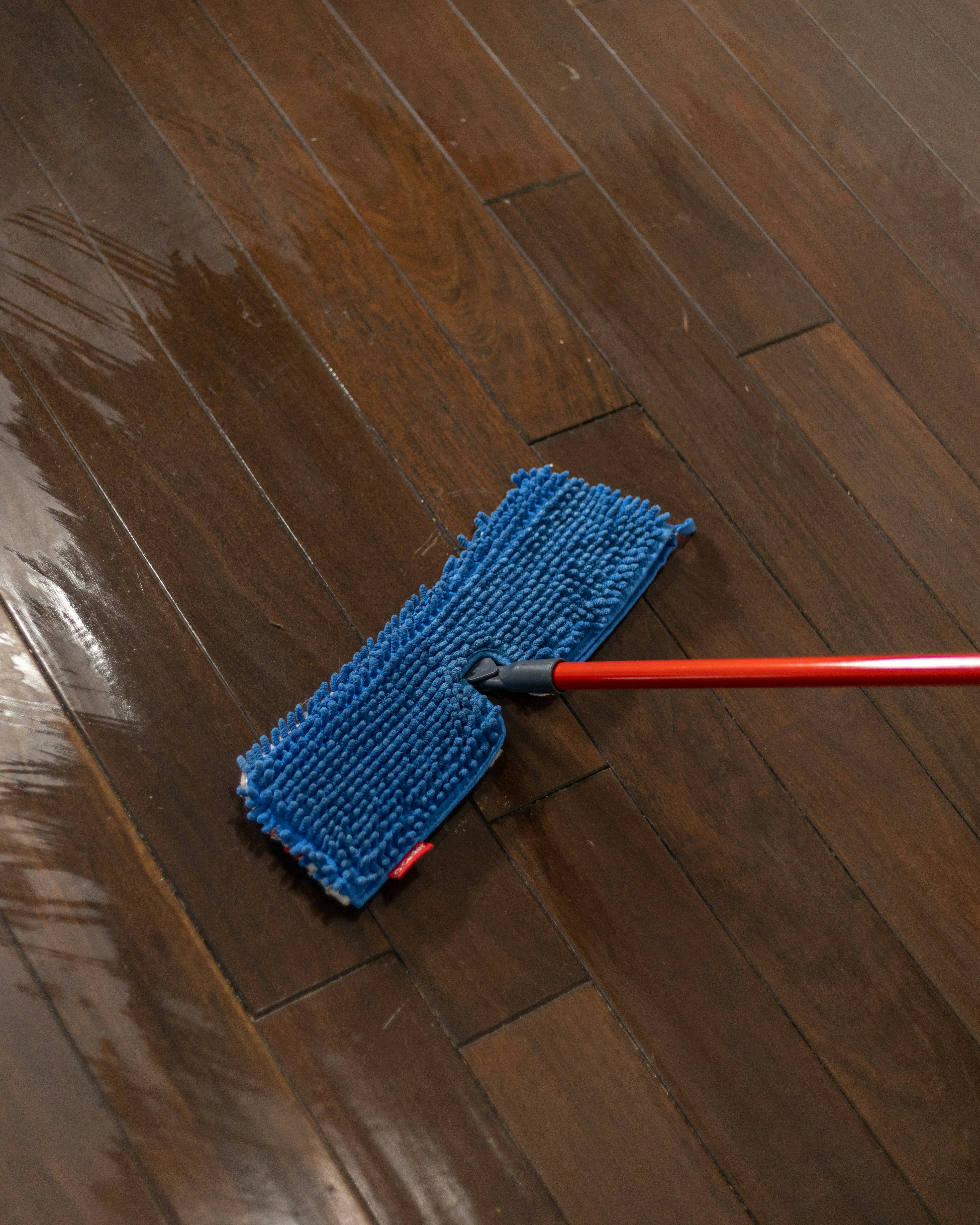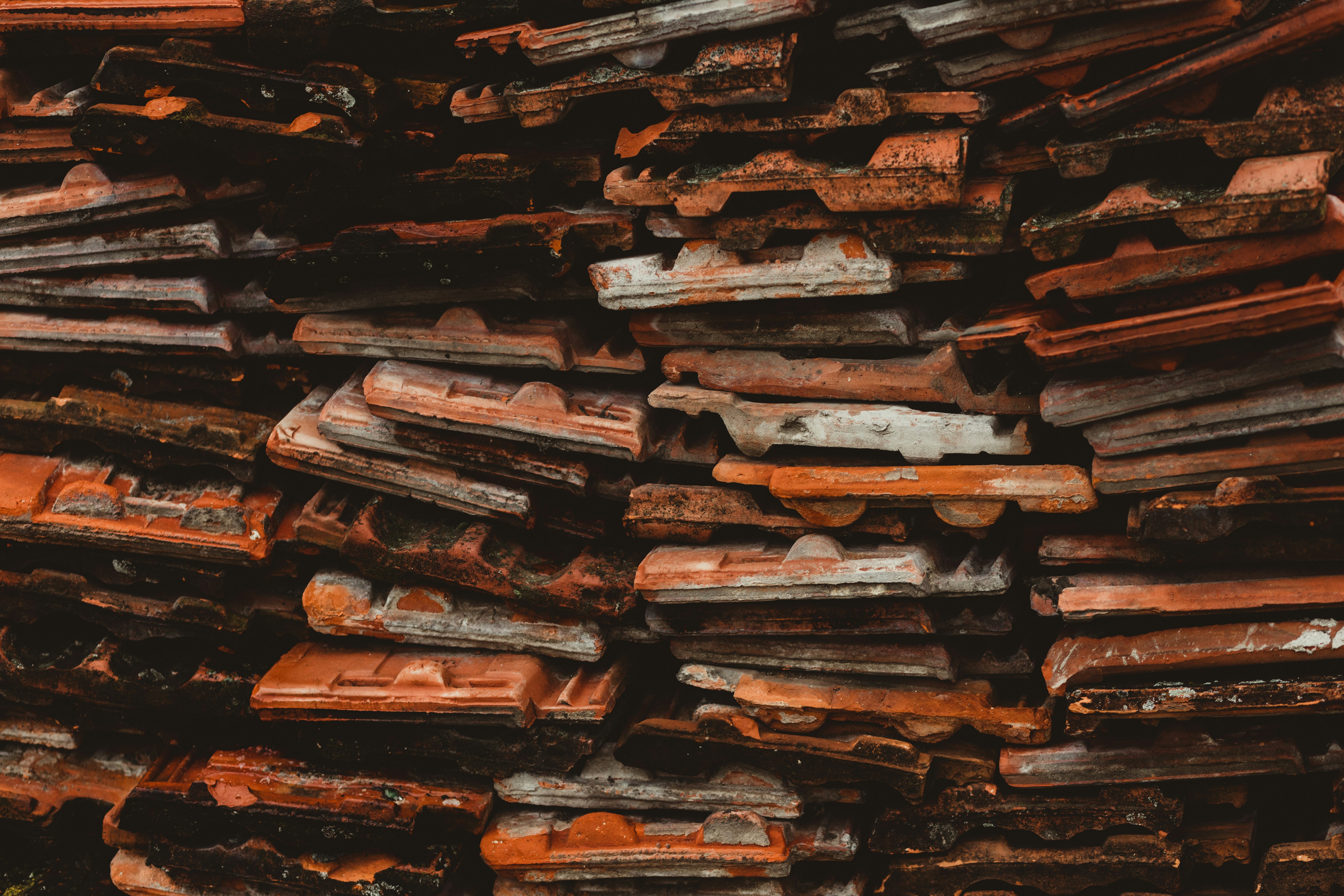Jun 26, 2024
Master the Art of Floor Installation: Expert Tips & Techniques
Brief Overview of Different Types of Flooring Materials
There are numerous types of flooring materials available in today's market, each with its own unique characteristics and benefits. Hardwood flooring exudes elegance and adds warmth to any room; it comes in various species such as oak, maple, cherry, and more. Laminate flooring offers affordability coupled with easy maintenance and comes in an array of styles that mimic natural wood or stone finishes.
Tile flooring is known for its durability and versatility; options include ceramic, porcelain, marble, or even glass tiles. Carpeting provides comfort underfoot and noise reduction benefits while offering endless colors and textures to suit different preferences.
Vinyl flooring has gained popularity for its water-resistant properties ideal for kitchens and bathrooms; it comes in sheets, tiles, or planks offering flexibility in design choices. Additionally, natural stone flooring like marble or granite adds luxury to spaces with their timeless beauty but requires proper sealing for maintenance.

Pre-Installation Preparation
Assessing Subfloor Condition
Before embarking on any floor installation project, it is crucial to assess the condition of the subfloor. A level and structurally sound subfloor is essential for a successful installation. Inspect for any signs of moisture, rot, or damage that could compromise the integrity of the flooring.
Use a straightedge to check for any unevenness or dips in the subfloor, as these imperfections can lead to problems down the line. Addressing any issues with the subfloor before installing new flooring will ensure a smooth and long-lasting result.
Acclimating Flooring Materials
Proper acclimation of flooring materials is often overlooked but is a critical step in ensuring a successful installation. Different types of flooring materials require varying amounts of time to acclimate to the environment in which they will be installed.
This process allows the flooring to adjust to temperature and humidity levels, preventing expansion or contraction after installation. Follow manufacturer guidelines on acclimation times and conditions, such as storing materials in the room where they will be installed for a specified period before beginning the installation process.

Gathering Necessary Tools and Materials
Equipping yourself with the right tools and materials is essential for a smooth floor installation process. Depending on the type of flooring you are installing, you may need tools such as saws, drills, underlayment material, adhesives, spacers, and safety gear. Ensure you have all necessary tools on hand before starting the installation to avoid delays or interruptions during the project.
Additionally, double-check that you have enough flooring material to cover your space adequately, accounting for waste due to cuts and mistakes. Proper preparation with tools and materials sets a strong foundation for a successful floor installation project.
Installation Techniques for Various Flooring Types
Hardwood Flooring Installation Process
When it comes to hardwood flooring installation, there are three primary methods: nail-down, floating, and glue-down installations. Nail-Down Method: The traditional method involves using nails or staples to secure each plank directly into the subfloor. This technique provides excellent stability but requires skill and precision in nailing each board without damaging it.
Floating Method: In this technique, planks are not attached directly to the subfloor but instead lock together over an underlayment material using tongue-and-groove joints. Floating floors are easier to install but may produce more noise compared to other methods.
Glue-Down Method: This method involves applying adhesive directly onto either individual planks or onto the subfloor itself before placing each plank down firmly into position. Glue-down installations provide strong adhesion but require careful application techniques.

Laminate Flooring Installation Techniques
Laminate flooring offers versatility in installation techniques with options like click-and-lock systems and glueless installations. Click-and-Lock System: Laminate planks with click-and-lock edges easily interlock together without requiring adhesive or fasteners.
Glueless Laminate Installation: Some laminate floors come with pre-applied adhesive strips that allow planks to stick together without additional gluing. Each technique has its advantages depending on ease of use and specific project requirements.
Tile Flooring Installation
Installing tile floors involves precise steps whether working with ceramic or porcelain tiles. Ceramic Tile Installation Steps: Begin by preparing your layout plan followed by applying mortar evenly on your substrate before setting your tiles carefully into place.
Porcelain Tile Installation Tips: Porcelain tiles are known for their durability but require attention when cutting them; ensure proper spacing between tiles while also sealing grout lines post-installation. Adhering closely to these steps guarantees not only an aesthetically pleasing result but also ensures longevity in tile floor installations.

Inlays and Borders for Hardwood Floors
Enhancing the visual appeal of hardwood floors can be achieved through the artful incorporation of inlays and borders. Inlays are decorative elements made from contrasting wood species, creating intricate patterns within the floor's surface. These can range from geometric designs to personalized motifs, adding a touch of elegance and uniqueness to the flooring.
Borders, on the other hand, are strips of wood that frame the room or define specific areas within it. They serve both aesthetic and practical purposes by providing a visual transition between different sections of the floor.
When considering inlays and borders for hardwood floors, it is crucial to select materials that complement the existing flooring finish and overall interior design scheme. Skilled craftsmen can create custom inlay designs tailored to individual preferences, incorporating special features like marquetry or parquetry patterns.
The installation process involves precision cutting and fitting, ensuring seamless integration with the surrounding flooring. Inlays and borders not only elevate the beauty of hardwood floors but also showcase intricate craftsmanship that adds a touch of sophistication to any space.
Radiant Floor Heating Systems Integration
Integrating radiant floor heating systems with hardwood flooring offers luxurious warmth and comfort during colder months while maintaining energy efficiency. These systems utilize either electric resistance cables or hydronic tubing installed beneath the floor surface to generate radiant heat that warms up rooms evenly from the ground up.
When installing hardwood floors over radiant heating systems, it is essential to choose engineered wood or solid wood with proper acclimation to prevent warping or damage due to temperature fluctuations. Radiant floor heating systems provide efficient zonal heating control, allowing users to adjust temperatures according to specific areas or time schedules for optimal comfort.
Proper installation coordination between flooring contractors and HVAC professionals ensures compatibility with radiant heating components without compromising performance or warranty coverage. By integrating radiant heat technology with hardwood floors, homeowners can experience enhanced thermal comfort while enjoying energy savings compared to traditional heating methods.

Soundproofing Underlayment Options
Soundproofing underlayment plays a vital role in reducing impact noise transmission and airborne sound transmission between floors in multi-story buildings or shared living spaces. Various underlayment materials such as cork, rubber, foam, or acoustic mats offer sound absorption properties that minimize sound transfer through floors while providing additional cushioning for walking comfort.
When selecting soundproofing underlayment for hardwood floor installations, factors like thickness, density, STC (Sound Transmission Class), IIC (Impact Insulation Class) ratings should be considered based on specific noise reduction requirements. Installing soundproofing underlayment beneath hardwood floors involves laying out rolls or sheets before placing the flooring material on top securely.
The added layer of insulation helps mitigate noise disturbances caused by footsteps, furniture movement, or other impact sources within living spaces while enhancing acoustic privacy between rooms. By investing in high-quality soundproofing underlayment options tailored to individual needs and budget constraints, homeowners can create quieter indoor environments conducive to relaxation and productivity without compromising on style or functionality.
Dealing with Moisture Problems
Moisture is a common enemy when it comes to floor installations, as it can lead to various issues such as warping, mold growth, and degradation of the flooring materials. One of the first steps in addressing moisture problems is to identify the source of the moisture.
This can be due to leaks in plumbing, high humidity levels, or inadequate ventilation. Once the source is determined, steps should be taken to rectify it before proceeding with any flooring installation.
In cases where moisture levels are high in the subfloor, it is crucial to use appropriate moisture barriers or sealants to prevent moisture from seeping into the flooring material. Installing a vapor barrier beneath hardwood or laminate floors can help protect them from moisture damage.
Additionally, using waterproof adhesives and sealants can provide an extra layer of protection against potential water intrusion. Regularly monitoring humidity levels in the room where the floor is being installed is essential for long-term maintenance and preventing future moisture-related issues.
Investing in a quality hygrometer can help you keep track of indoor humidity levels and take necessary precautions if levels rise above recommended thresholds. By proactively dealing with moisture problems during installation, you can ensure the longevity and durability of your new flooring.

Addressing Subfloor Imperfections
Before laying down any new flooring material, it is imperative to inspect and address any imperfections in the subfloor that could affect the installation process and result in an uneven surface. Common subfloor imperfections include dips, bumps, cracks, or uneven surfaces that need to be leveled out before proceeding further. One effective method for addressing subfloor imperfections is through floor leveling compounds that fill in gaps and create a smooth base for flooring installation.
In cases where structural issues are present within the subfloor, such as rotting wood or termite damage, repairs should be made promptly to prevent further damage and ensure a stable foundation for your new floor. Depending on the severity of these imperfections, professional assistance may be required to properly address structural concerns before laying down any new flooring material.
Taking the time to properly prepare and repair your subfloor will not only result in a more aesthetically pleasing final outcome but also contribute to the longevity and stability of your entire flooring system. By addressing subfloor imperfections proactively during installation, you can avoid future headaches and costly repairs down the line.
Fixing Gaps or Buckling in Floating Floors
Floating floors are susceptible to gaps or buckling due to factors such as fluctuations in temperature and humidity levels during installation or over time. Gaps between planks or tiles can occur when there is inadequate expansion space left around edges or improper locking mechanism engagement during installation.
In contrast, buckling typically happens when there is excess moisture trapped beneath floating floors causing them to expand unevenly. To fix gaps in floating floors effectively, gently tapping planks together using a tapping block and mallet can help close up small spaces between boards without causing damage.
For more significant gaps that persist even after tapping efforts have been made , using wood filler specifically designed for laminate or hardwood floors can help fill gaps seamlessly while maintaining aesthetic appeal . It's important not only fix existing gaps but also address underlying issues causing them , such as inadequate expansion joints.
When dealing with buckling in floating floors , identifying sources of excess moisture underlay through proper inspection should be done first . If possible , removing affected planks temporarily allow area dry out completely before re-installing replaced ones.
Additionally , utilizing dehumidifiers maintain optimal humidity levels rooms with floating floors help prevent future buckling incidents occurring . By promptly addressing gaps buckling issues arise during floating floor installations , you preserve integrity aesthetics your beautiful new floor prolong its lifespan significantly.

Finishing Touches and Maintenance Guidelines
Applying Sealants or Finishes: Preserving the Beauty
Properly applying sealants or finishes is crucial in maintaining the longevity and beauty of your floors. For hardwood floors, choose between polyurethane, oil-based, or water-based finishes based on your desired sheen level and durability.
Before application, ensure the surface is clean and free of dust or debris. Apply thin, even coats using a brush or applicator recommended by the manufacturer.
Allow each coat to dry completely before applying the next layer to achieve a smooth and flawless finish. Regularly reapply finishes every few years to protect against wear and tear.
Cleaning and Maintaining Different Types of Floors: The Art of Care
Each type of flooring material requires specific cleaning methods to maintain its appearance and condition. For hardwood floors, use a soft microfiber mop with a pH-neutral wood floor cleaner to avoid damaging the finish.
Avoid excessive water exposure as it can cause warping or cupping. Laminate floors should be cleaned with a damp mop using a mild detergent solution but never soaked with water.
Tile floors benefit from regular sweeping or vacuuming to prevent abrasive particles from scratching the surface. For grout lines, use a mixture of vinegar and water for effective cleaning without harsh chemicals.

Repairing Damaged Areas: Restoring Beauty and Functionality
Despite meticulous care, floors may encounter scratches, dents, or stains over time. Repairing damaged areas promptly can prevent further deterioration and maintain the overall look of your flooring. For hardwood floors, minor scratches can be concealed using touch-up markers or crayons that match the floor color.
Deep gouges may require sanding down the affected area before refinishing it with new stain and finish layers. Cracked tiles should be carefully removed using a grout saw, replaced with new tiles, then regrouted for seamless integration.
Eco-Friendly Flooring Options
When considering sustainable flooring options, homeowners can choose from a variety of eco-friendly materials that have minimal impact on the environment. One popular choice is bamboo flooring, as bamboo is a fast-growing grass that can be harvested without causing deforestation.
Cork flooring is another environmentally friendly option, as it is made from the bark of cork oak trees which regenerate after harvesting. Reclaimed wood flooring provides a rustic and unique look while reducing the demand for new timber.
Linoleum is a natural and biodegradable material made from linseed oil, pine rosin, and other renewable resources. It is durable and available in a wide range of colors and styles.
Recycled glass tile flooring offers a modern aesthetic while repurposing glass bottles and other waste materials. Additionally, wool carpeting made from sustainable sheep farming practices provides warmth and comfort underfoot.

Recycling Old Flooring Materials
Instead of disposing of old flooring materials in landfills, consider recycling them to reduce waste and promote sustainability. Many carpet manufacturers offer recycling programs where old carpets are collected, cleaned, shredded, and used to create new carpet fibers or other products. Hardwood floors can be salvaged by carefully removing them without damaging the wood for reuse or repurposing in other projects.
Terrazzo flooring utilizes recycled glass chips or aggregates mixed with epoxy resin to create beautiful and durable floors that help divert glass waste from landfills. Concrete floors can also be recycled by crushing old concrete slabs into aggregate for use in new construction projects or as a base for new concrete floors.
Conclusion
Embracing sustainability in floor installations not only benefits the environment but also enhances the beauty and functionality of living spaces. By opting for eco-friendly flooring options like bamboo, cork, linoleum, reclaimed wood, recycled glass tiles, or wool carpeting, homeowners can make conscious choices that promote environmental stewardship without compromising on style.